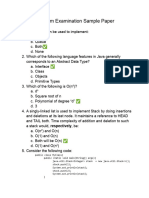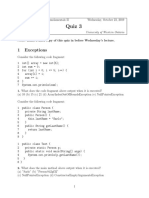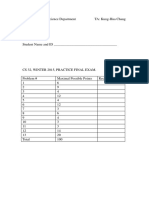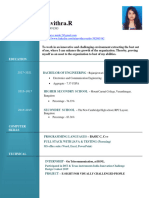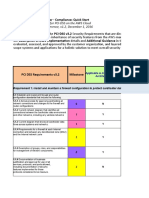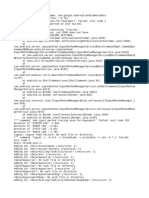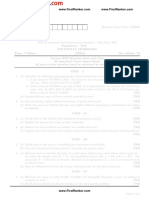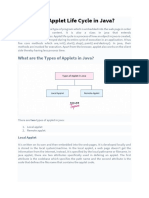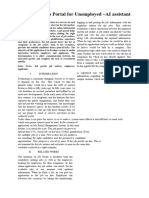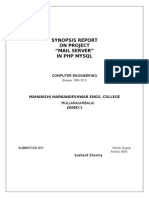0% found this document useful (0 votes)
40 views12 pagesData Structures
The document contains sample questions that may appear on a midterm exam for a data structures and algorithms course. It covers two units, with the first unit focusing on time complexity analysis of algorithms and the basics of stacks. The second unit covers queues and their implementation using arrays and circular buffers. Some key concepts covered include Big O notation, analysis of for loops and recursive functions, stack and queue operations, and their applications.
Uploaded by
Ansh Gulati jiCopyright
© © All Rights Reserved
We take content rights seriously. If you suspect this is your content, claim it here.
Available Formats
Download as PDF, TXT or read online on Scribd
0% found this document useful (0 votes)
40 views12 pagesData Structures
The document contains sample questions that may appear on a midterm exam for a data structures and algorithms course. It covers two units, with the first unit focusing on time complexity analysis of algorithms and the basics of stacks. The second unit covers queues and their implementation using arrays and circular buffers. Some key concepts covered include Big O notation, analysis of for loops and recursive functions, stack and queue operations, and their applications.
Uploaded by
Ansh Gulati jiCopyright
© © All Rights Reserved
We take content rights seriously. If you suspect this is your content, claim it here.
Available Formats
Download as PDF, TXT or read online on Scribd
/ 12



















